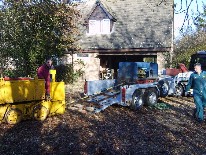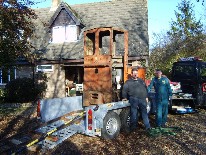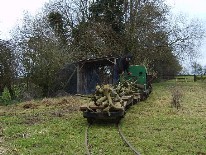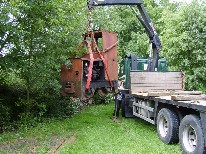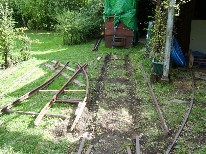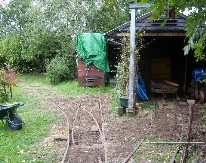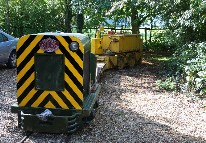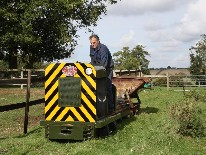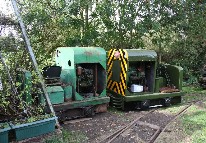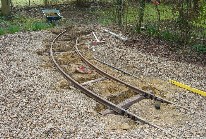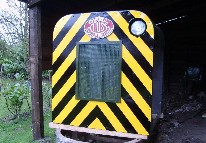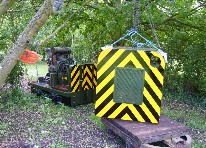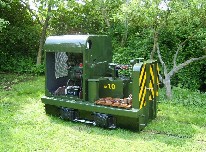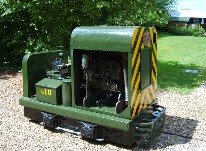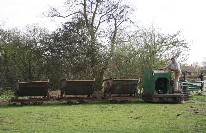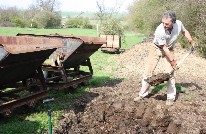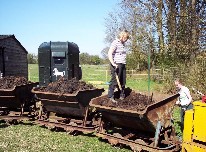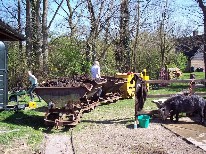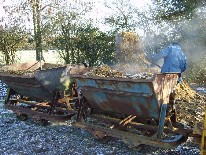

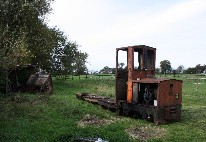
Date: November 2010
Date: November 2010
Date: October 2010
When the skips have been waiting to be tipped for several days, then the heat of the slowly fermenting manure is quite impressive, especially on a chilly day.
When feed and hay is delivered, it is now left in the driveway for the railway to move. In the winter the farm track to the fields can become too muddy for the delivey lorry, so it's another little job for the locos.
The Alan Keef loco went for several test runs on the line while it was here, but in the end the final decision was that it was not right for the railway.
